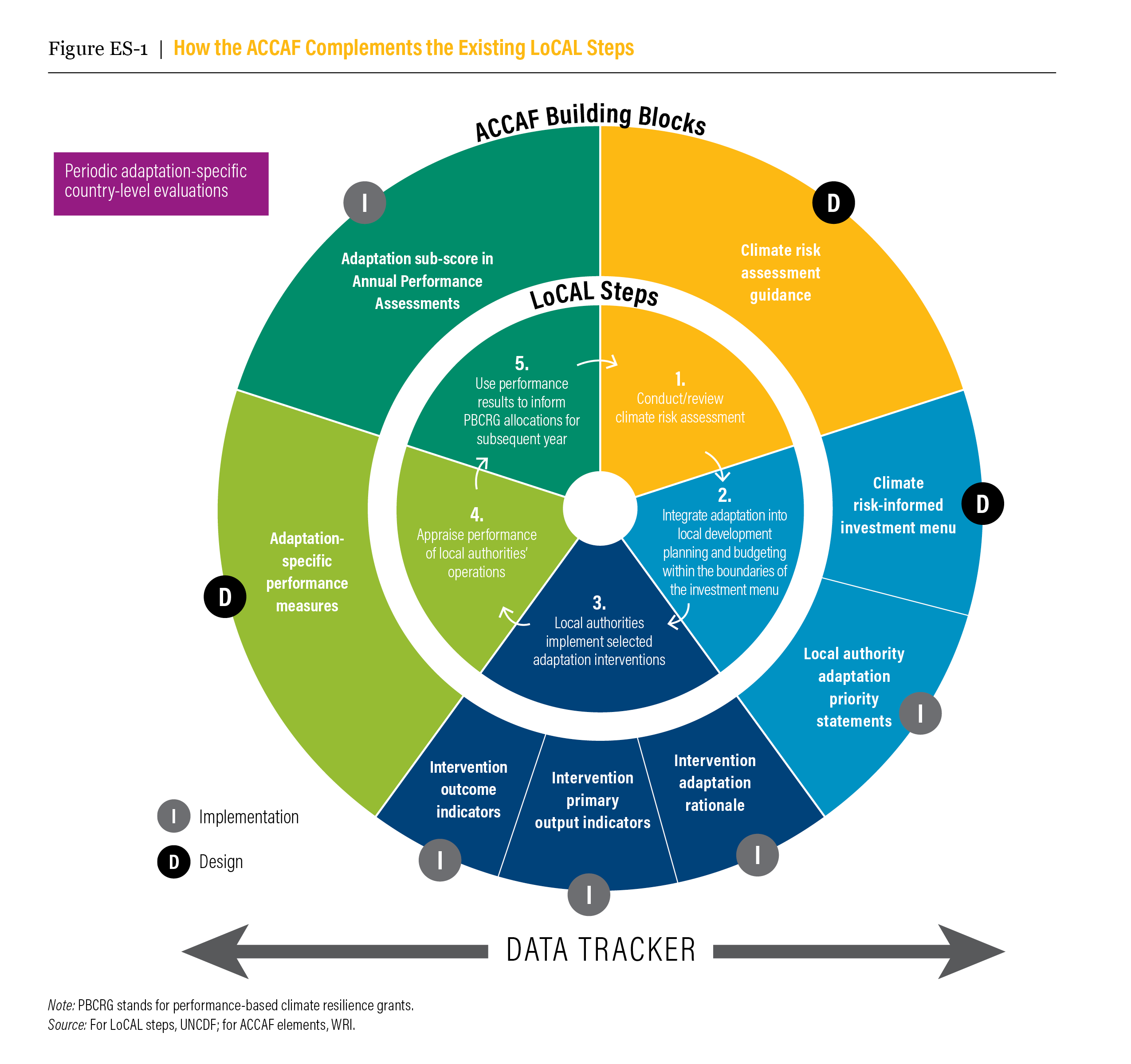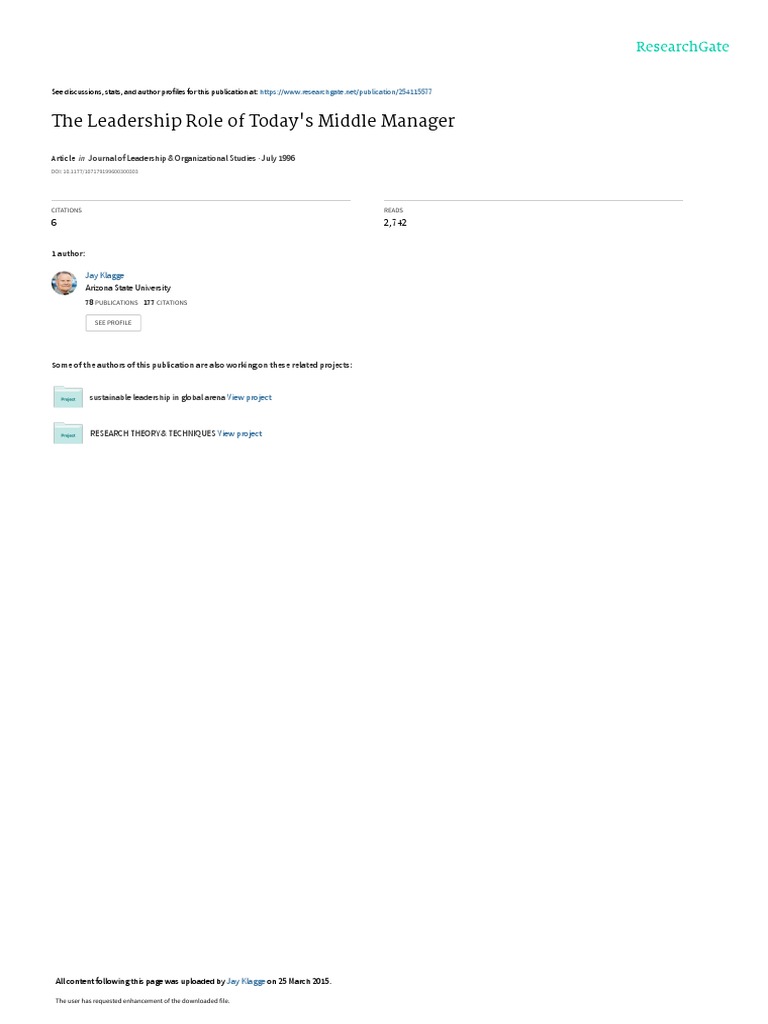Strengthening Resilience: Sustainable Transformation In Least Developed Countries

Table of Contents
Investing in Human Capital
Developing a resilient workforce is paramount for strengthening resilience in Least Developed Countries. A healthy, educated, and skilled population is better equipped to adapt to challenges and drive economic growth. This requires a two-pronged approach focusing on education and healthcare.
Education and Skills Development
Providing quality education and vocational training programs relevant to the needs of a changing economy is crucial. This means moving beyond basic literacy and numeracy to equip individuals with the skills needed for the modern job market.
- Promote STEM education: Investing in Science, Technology, Engineering, and Mathematics (STEM) education is vital for enhancing innovation and technological advancement, key factors in building a resilient economy. This includes providing access to quality STEM education at all levels, from primary school to higher education.
- Invest in teacher training and development: Improving the quality of education requires investing in the professionals who deliver it. Teacher training programs should focus on modern pedagogical approaches and relevant subject matter expertise.
- Implement lifelong learning programs: The job market is constantly evolving. Lifelong learning programs, including vocational training and reskilling initiatives, are crucial for ensuring that the workforce can adapt to changing demands.
Healthcare and Nutrition
A healthy population is a resilient population. Access to quality healthcare and proper nutrition are fundamental building blocks of resilience.
- Improve access to quality healthcare services: This is particularly crucial in rural areas, often underserved by healthcare systems. Improving infrastructure, training healthcare professionals, and providing essential medicines are key steps.
- Address malnutrition through improved food security and nutrition programs: Malnutrition weakens individuals and communities, making them more vulnerable to diseases and shocks. Addressing this requires improving food production, access to nutritious food, and public health education.
- Invest in preventative healthcare: Focusing on preventative measures, such as vaccinations and health education, reduces the burden of chronic diseases and strengthens the overall health of the population.
Diversifying Economies and Promoting Sustainable Agriculture
Economic diversification is a critical strategy for strengthening resilience in LDCs. Over-reliance on a single sector, such as agriculture, makes these countries highly vulnerable to external shocks.
Sustainable Agriculture Practices
Promoting climate-smart agriculture is essential for increasing food security and income generation while mitigating the impacts of climate change.
- Invest in drought-resistant crops and improved irrigation techniques: This increases agricultural productivity even in the face of increasingly erratic weather patterns.
- Promote sustainable farming methods: Sustainable agricultural practices protect natural resources, ensuring long-term food security and environmental sustainability. This includes techniques like crop rotation, agroforestry, and integrated pest management.
- Support farmers' access to credit and markets: Providing farmers with access to credit and market linkages improves their income and resilience to price fluctuations.
Developing Non-Agricultural Sectors
Moving beyond reliance on agriculture requires industrialization and the development of other economic sectors.
- Invest in infrastructure development: Improving infrastructure, such as roads, electricity, and communication networks, is essential for attracting investment and supporting private sector growth.
- Attract foreign direct investment (FDI) through favorable policies: Creating a stable and predictable investment climate, with clear regulations and incentives, is crucial for attracting FDI.
- Promote entrepreneurship and small and medium-sized enterprises (SMEs): SMEs are the backbone of many economies. Supporting their growth through access to finance, training, and mentorship fosters economic diversification and job creation.
Strengthening Governance and Institutional Capacity
Effective governance and strong institutions are crucial for building resilience. Accountability, transparency, and efficient public administration are essential for sustainable development.
Good Governance and Transparency
Ensuring accountability and transparency in government operations fosters public trust and strengthens institutions.
- Promote participatory governance and civic engagement: Engaging citizens in decision-making processes strengthens democratic institutions and ensures policies are responsive to the needs of the population.
- Strengthen anti-corruption measures: Corruption undermines public trust and hinders development. Robust anti-corruption measures are essential for building strong and resilient institutions.
- Enhance the rule of law: A strong rule of law protects property rights, encourages investment, and fosters a fair and equitable society.
Capacity Building for Institutions
Equipping institutions with the skills and resources to effectively manage risks is crucial for building resilience.
- Invest in training programs for government officials and civil servants: Training programs should focus on modern management techniques, financial management, and public policy development.
- Improve data collection and analysis capabilities: Access to reliable data is essential for informed decision-making. Investing in data collection systems and analytical capacity strengthens governance.
- Strengthen coordination among government agencies and stakeholders: Effective coordination ensures that policies are implemented efficiently and that resources are used effectively.
Fostering Climate Change Adaptation and Disaster Risk Reduction
Preparing for and mitigating the impacts of climate change and disasters is essential for strengthening resilience in LDCs. These countries are particularly vulnerable to the impacts of climate change, including extreme weather events and sea-level rise.
Climate Change Adaptation Strategies
Implementing measures to reduce vulnerability to climate change impacts is crucial for long-term sustainability.
- Invest in climate-resilient infrastructure: Building infrastructure that can withstand the impacts of climate change, such as seawalls and drought-resistant buildings, is a priority.
- Develop early warning systems for extreme weather events: Early warning systems enable communities to prepare for and respond to extreme weather events, minimizing loss of life and damage to property.
- Promote climate-smart agriculture and water management practices: Adopting climate-smart agricultural practices ensures food security even in the face of climate change.
Disaster Risk Reduction Measures
Building resilience to natural disasters requires a multi-faceted approach.
- Improve disaster preparedness and response mechanisms: This includes developing emergency plans, training first responders, and establishing effective communication systems.
- Invest in disaster-resistant housing and infrastructure: Building homes and infrastructure that can withstand natural disasters reduces the impact of these events.
- Develop community-based disaster risk reduction strategies: Empowering communities to participate in disaster risk reduction strengthens local resilience and ownership.
Conclusion
Strengthening resilience in Least Developed Countries is a multifaceted challenge requiring a comprehensive and integrated approach. By investing in human capital, diversifying economies, strengthening governance, and adapting to climate change, LDCs can pave the way towards sustainable transformation. These strategies, while interconnected and requiring coordinated action, are crucial steps toward building a more resilient and prosperous future. Let's prioritize actions that foster strengthening resilience in Least Developed Countries and contribute to a more equitable and sustainable global community. Investing in resilience is investing in a brighter future for all.

Featured Posts
-
 Understanding The Value Of Middle Managers In Todays Workplace
May 07, 2025
Understanding The Value Of Middle Managers In Todays Workplace
May 07, 2025 -
 Catls 1 Billion Indonesia Expansion A Loan For Growth
May 07, 2025
Catls 1 Billion Indonesia Expansion A Loan For Growth
May 07, 2025 -
 Lewis Capaldis Return Details On His Upcoming Music Revealed
May 07, 2025
Lewis Capaldis Return Details On His Upcoming Music Revealed
May 07, 2025 -
 Brwtwkwl Laram Wimbratwr Tezyz Alsyaht Fy Albrazyl
May 07, 2025
Brwtwkwl Laram Wimbratwr Tezyz Alsyaht Fy Albrazyl
May 07, 2025 -
 March 2025 Nintendo Direct Ps 5 And Ps 4 Game Announcement Predictions
May 07, 2025
March 2025 Nintendo Direct Ps 5 And Ps 4 Game Announcement Predictions
May 07, 2025
